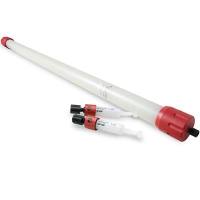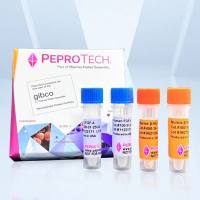Inference of Regulatory Networks from Microarray Data with R and the Bioconductor Package qpgraph
互联网
732
Regulatory networks inferred from microarray data sets provide an estimated blueprint of the functional interactions taking place under the assayed experimental conditions. In each of these experiments, the gene expression pathway exerts a finely tuned control simultaneously over all genes relevant to the cellular state. This renders most pairs of those genes significantly correlated, and therefore, the challenge faced by every method that aims at inferring a molecular regulatory network from microarray data, lies in distinguishing direct from indirect interactions. A straightforward solution to this problem would be to move directly from bivariate to multivariate statistical approaches. However, the daunting dimension of typical microarray data sets, with a number of genes p several orders of magnitude larger than the number of samples n , precludes the application of standard multivariate techniques and confronts the biologist with sophisticated procedures that address this situation. We have introduced a new way to approach this problem in an intuitive manner, based on limited-order partial correlations, and in this chapter we illustrate this method through the R package qpgraph , which forms part of the Bioconductor project and is available at its Web site (1).








